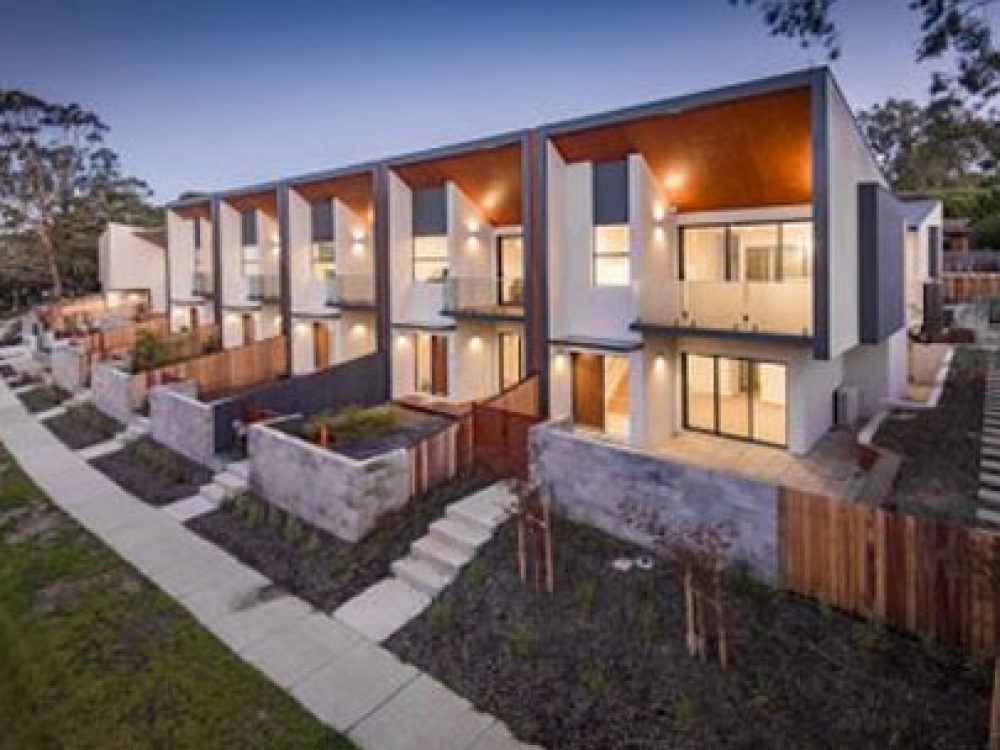
The Code allows for a diverse range of one and two storey homes which provide all the amenity of a traditional freestanding home in a well-designed and compact form. It provides a great alternative to apartments and freestanding homes, and fits into existing streets and neighbourhoods. It helps housing affordability by providing smaller homes on smaller lots that still provide all the amenities of a single dwelling and can accommodate a wide variety of lifestyles and needs, including growing families or empty nesters.
Two-storey building height limits are designed to ensure the size and scale of complying development is low rise and will easily fit into established streetscapes.
Complying Development is a fast-track approval pathway for straight forward residential, commercial and industrial development. If the application complies with all of the relevant requirements in the State Environmental Planning Policy (Exempt and Complying Development Codes) 2008 (the State Policy), it can be approved by a council or an accredited certifier within 20 days.
Dual occupancy (attached) means 2 dwellings on one lot of land that are attached to each other but does not include a secondary dwelling.
Means a residential flat building containing 3 or 4 dwellings, where:
Means a residential flat building containing 3 or 4 dwellings, where:
at least 1 dwelling is partially or wholly located above another dwelling, and
the building contains no more than 2 storeys (excluding any basement).
Means 3 or more attached dwellings on one lot of land where:
Each dwelling has access at ground level
No part of a dwelling is above any part of any other dwelling, and,
Dwellings face, and are generally aligned along, one or more public roads.
The Code is included in the State Policy and permits a diverse range of housing types to be approved as complying development including dual occupancies, manor houses and terraces. Under complying development these housing types will only be permitted in R1, R2, R3 and RU5 zones where councils already allow them under their Local Environmental Plan (LEP).
Exclusions for where complying development cannot be carried out under the State Policy will continue to apply. For example, complying development cannot be carried out
The Code establishes the controls for each development type in the form of development standards that a proposal must meet to be assessed as complying development. The development must meet the minimum lot size requirements under the relevant council LEP.
for a dual occupancy, the size of the lot being developed must meet the minimum lot size requirement to build a dual occupancy under the relevant council LEP. If the LEP does not specify a minimum lot size, then the Code applies a minimum 400m2 lot size
For manor houses, the size of the lot being developed must meet the minimum lot size requirements to build a manor house under the relevant council LEP. If the LEP does not specify a minimum lot size, then the Code applies a minimum 600m2 lot size.
for terraces, the size of the lot being developed must meet the minimum lot size requirements to build multi dwelling housing under the relevant council LEP. If the LEP does not specify a minimum lot size, then the Code applies a minimum 600m2 lot size.

From Start To Finish,
We Help Get The Job Done